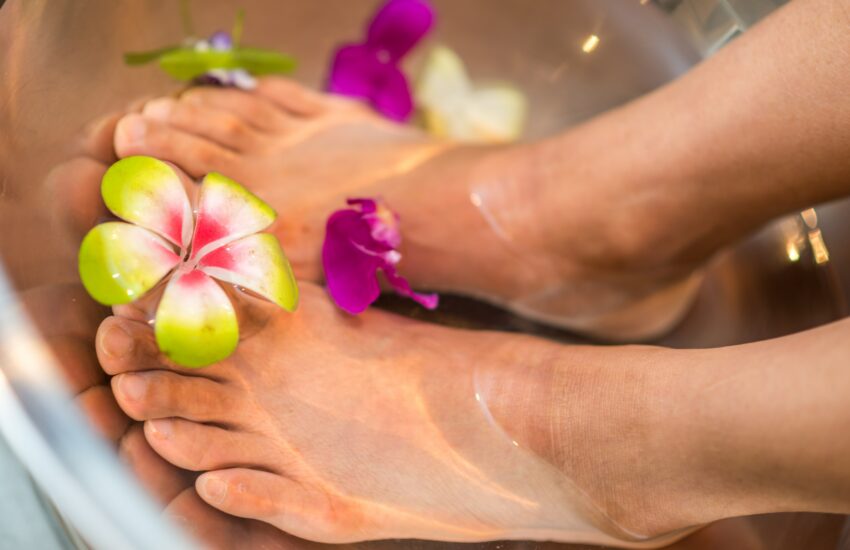10 Great Tips For Preventing Blisters When Hiking
Introduction
Who doesn’t want to be hiking outdoors? But one of the worst things that can happen to you during a hike is getting a blister. It can be painful and can also become infected. So, If you’re planning a hike, we have 10 great tips for preventing blisters on your feet. Plus, learn what to do if you do get a blister on your feet.
A good pair of breathable insoles can help: learn all about insoles for hikers here
Why Do You Blister When You Hike?
Blistering is a common problem for hikers who push themselves to the limit. It usually occurs on feet and hands and is caused by prolonged pressure on a specific area of the skin.
Blisters occur when the soft tissue surfaces of the skin rub together and liquid collects between them, causing inflammation. They might burst, causing pain, swelling, and infection if they are not treated.
10 Great Tips For Preventing Blisters When Hiking
- Prepare your feet by exfoliating and moisturizing
When hiking, it is important to prepare your feet ahead of time by exfoliating and moisturizing them so that they won’t blister.
- Prior to your hike, try on the socks to make sure they’ll fit
People may not think about socks when they are packing for a hike, but the right choice of socks can make or break the quality of your adventures. There are many different types of socks out there, and you want to make sure you choose the right type that will keep your feet happy.
One type of sock that is great to look for is sport socks. These are designed to be used in high activity performance or just as an everyday sock. They are designed with an arch support system which will keep your feet happy and blister-free.
- Bring extra socks
There are many reasons why it’s important to bring extra socks, the most common reason being blister prevention. Socks are important for preserving the moisture level in your feet and can also help if you have to cross an overflowing stream. This simple action will help you in preventing blisters.
- Choose the right pair of shoes
There are a couple of rules to follow when it comes to hiking- make sure you have a durable pair of boots that are comfortable on your feet even after hours on end!
Be sure to get some good advice from an expert before purchasing your next hiking boots. It is important to get fitted properly and not just by the look of them. There are many nice outfitters near your house that can help you with that. Consider buying a pair with wide toe-boxes so that you have plenty of room for your toes to breathe.
- Break in Your Boots
Those boots were made for hiking, and that’s just what they’ll do, but make sure it’s a short hike. This way you can identify any trouble areas, or hot spots, and experiment with solutions.
- Watch moisture build up in shoes and socks.
Moist skin is more susceptible to damage because it provides a softer surface for damage to occur
- Change shoes regularly–every 3-4 hours, if feasible
This goes back to tip#6. Keep your feet free from moisture buildup! Controling moisture is a very important factor in preventing blisters.
- Prevent blisters with a band-aid
Blister pads are a great way to prevent blistering and will provide relief. You can use them now to protect the damaged skin and reduce its risk of bleeding. Pads will cushion the affected area while also cooling it down with a soothing gel.
- Prevent blisters with Vaseline
Whenever a shearing force grabs your skin and slides, blisters can form. That might happen inside your boot heel or inside a glove where you grip the handle of a trail tool. Eventually the epidermis (upper skin layer) will separate from the lower layers and fluid may enter
- Spot treatment if you feel a blister forming
This tip is when you didn’t succeed in preventing blisters. If you feel a blister coming on, placing duct tape over the area will protect your feet from chafing and rubbing against your footwear. Cover red, raw areas with antibiotic ointment and then secure them with a bandage before putting on the wrapper.
Preventing Blisters Takeaway
Blisters can be prevented with proper preparation and good shoes. Acclimatize yourself to reduce the chances of getting blisters. Keep your feet hydrated. Don’t neglect your feet!


